一文搞懂JMeter engine中HashTree的配置問題
一、前言
- 之前介紹瞭JMeter engine啟動原理,但是裡面涉及到HashTree這個類結構沒有給大傢詳細介紹,這邊文章就詳細介紹JMeter engine裡面的HashTree結構具體用來做什麼
- 大傢看到下面是JMeter控制臺配置截圖,是一個標準的菜單形式;菜單形式其實就類似於“樹型”的數據結構,而HashTree其實就是一個樹型數據結構
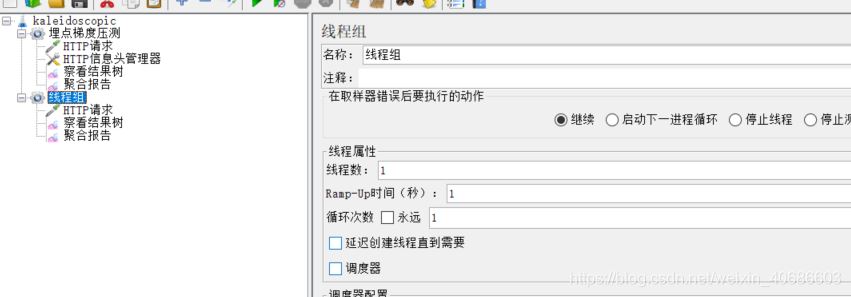
我們在JMeter控制臺導出的jmx文件,是一個xml結構的數據,他其實就是由HashTree生成的,後面我們會講到

二、HashTree的用法
首先通過HashTree類介紹,它一個集合類;具備Map結構的功能,而且是一種樹型結構
/**
* This class is used to create a tree structure of objects. Each element in the
* tree is also a key to the next node down in the tree. It provides many ways
* to add objects and branches, as well as many ways to retrieve.
* <p>
* HashTree implements the Map interface for convenience reasons. The main
* difference between a Map and a HashTree is that the HashTree organizes the
* data into a recursive tree structure, and provides the means to manipulate
* that structure.
* <p>
* Of special interest is the {@link #traverse(HashTreeTraverser)} method, which
* provides an expedient way to traverse any HashTree by implementing the
* {@link HashTreeTraverser} interface in order to perform some operation on the
* tree, or to extract information from the tree.
*
* @see HashTreeTraverser
* @see SearchByClass
*/
public class HashTree implements Serializable, Map<Object, HashTree>, Cloneable {
}
JMeter常用的HashTree方法(以下圖配置為例)
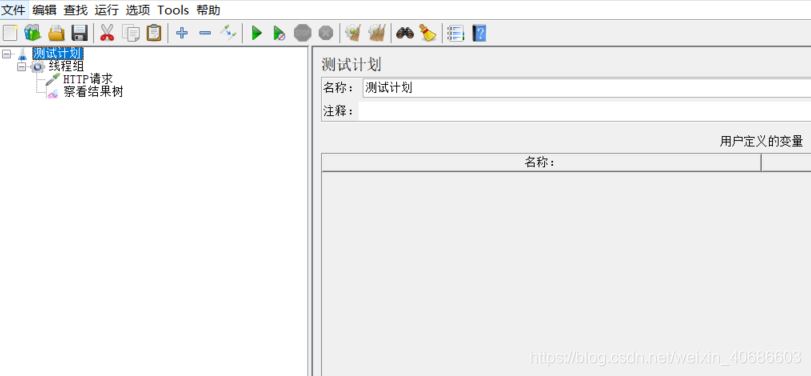
//ListedHashTree是HashTree的繼承類,可以保證HashTree的順序性 HashTree tree = new ListedHashTree(); //TestPlan對象,測試計劃 TestPlan plan = new TestPlan(); //ThreadGroup對象,線程組 ThreadGroup group = new ThreadGroup(); //創建線程組數結構的對象groupTree HashTree groupTree = new ListedHashTree(); //表示取樣器中的HTTP請求 HTTPSamplerProxy sampler = new HTTPSamplerProxy(); //創建HTTP請求的數結構對象samplerTree //調用put方法相當於在plan(測試計劃)菜單對象下添加group(線程組)子菜單,這樣就形成瞭一種樹型結構 HashTree samplerTree = new ListedHashTree(); samplerTree.put(sampler,new ListedHashTree()) //groupTree樹結構添加子樹samplerTree groupTree.put(group,samplerTree) //tree樹結構為測試計劃對象,添加子樹groupTree,這樣就形成瞭上圖的層級形式 tree.put(plan, groupTree) //調用add方法相當於在tree菜單對象下添加同級菜單 tree.add(Object key)
三、JMeter源碼導出jmx腳本文件介紹
首先在JMeter控制臺所有點擊事件,都會被ActionRouter中performaAction方法進行監聽執行,點擊導出按鈕,會進入到如圖方法通過反射由Save類執行
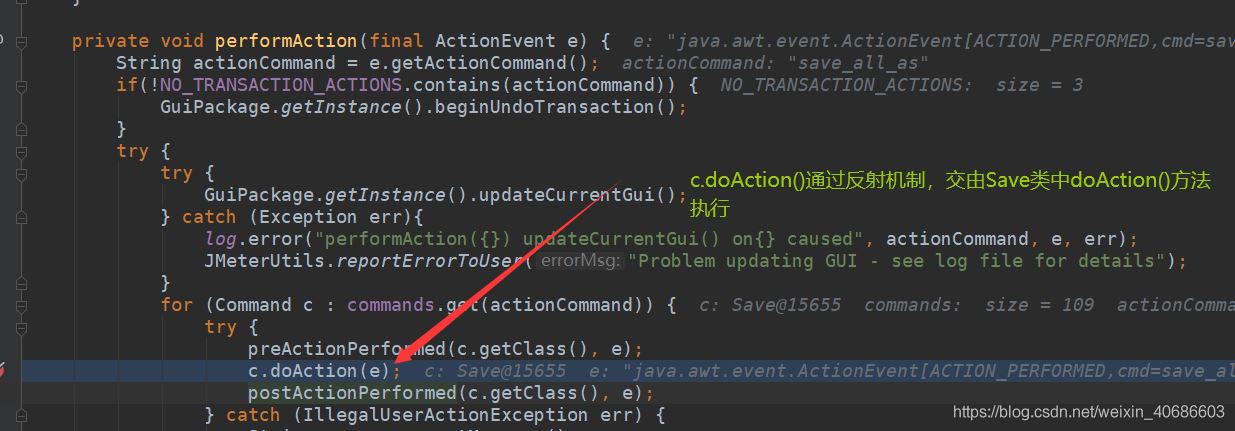
在Save類中執行doAction主要是獲取到配置的HashTree

當你點擊保存的時候,它會創建一個空文件,此時文件沒有任何內容

Save
類的doAction方法最後會調用backupAndSave(e, subTree, fullSave, updateFile)這個是來將創建的空文件寫入xml內容的

在SaveService中saveTree方法,其中JMXSAVER是XStream對象,對應的maven坐標如下
<!-- https://mvnrepository.com/artifact/com.thoughtworks.xstream/xstream -->
<dependency>
<groupId>com.thoughtworks.xstream</groupId>
<artifactId>xstream</artifactId>
<version>1.4.15</version>
</dependency>
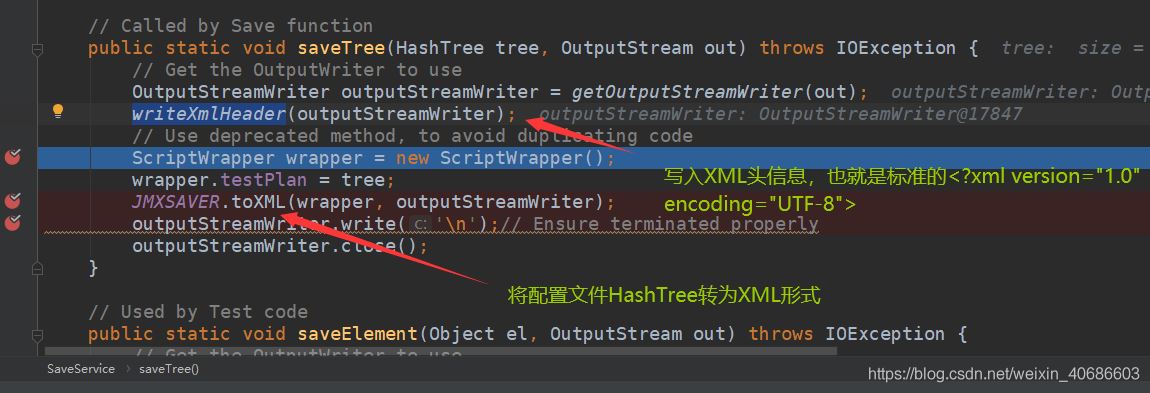
四、自定義HashTree生成JMeter腳本
首先maven引入以下幾個坐標<jmeter.version>5.3</jmeter.version>
<dependency>
<groupId>org.apache.jmeter</groupId>
<artifactId>ApacheJMeter_http</artifactId>
<version>${jmeter.version}</version>
<exclusions>
<exclusion>
<groupId>org.apache.logging.log4j</groupId>
<artifactId>log4j-slf4j-impl</artifactId>
</exclusion>
</exclusions>
</dependency>
<dependency>
<groupId>org.apache.jmeter</groupId>
<artifactId>ApacheJMeter_functions</artifactId>
<version>${jmeter.version}</version>
</dependency>
<dependency>
<groupId>org.apache.jmeter</groupId>
<artifactId>ApacheJMeter_jdbc</artifactId>
<version>${jmeter.version}</version>
</dependency>
<dependency>
<groupId>org.apache.jmeter</groupId>
<artifactId>ApacheJMeter_tcp</artifactId>
<version>${jmeter.version}</version>
</dependency>
先創建一個取樣器,然後寫成HashTree的數據結構
public static ThreadGroup threadGroup;
//創建一個標準的線程組
private static void initThreadGroup(){
LoopController loopController = new LoopController();
loopController.setName("LoopController");
loopController.setProperty(TestElement.TEST_CLASS, LoopController.class.getName());
loopController.setProperty(TestElement.GUI_CLASS, JMeterUtil.readSaveProperties("LoopControlPanel"));
loopController.setEnabled(true);
loopController.setLoops(1);
ThreadGroup group = new ThreadGroup();
group.setEnabled(true);
group.setName("ThreadGroup");
group.setProperty(TestElement.TEST_CLASS, JMeterUtil.readSaveProperties("ThreadGroup"));
group.setProperty(TestElement.GUI_CLASS, JMeterUtil.readSaveProperties("ThreadGroupGui"));
group.setProperty(ThreadGroup.ON_SAMPLE_ERROR,"continue");
group.setProperty(ThreadGroup.IS_SAME_USER_ON_NEXT_ITERATION,true);
group.setProperty(TestElement.COMMENTS,"");
group.setNumThreads(1);
group.setRampUp(1);
group.setDelay(0);
group.setDuration(0);
group.setProperty(ThreadGroup.ON_SAMPLE_ERROR, ThreadGroup.ON_SAMPLE_ERROR_CONTINUE);
group.setScheduler(false);
group.setSamplerController(loopController);
threadGroup = group;
}
創建一個標準的線程組
public static ThreadGroup threadGroup;
//創建一個標準的線程組
private static void initThreadGroup(){
LoopController loopController = new LoopController();
loopController.setName("LoopController");
loopController.setProperty(TestElement.TEST_CLASS, LoopController.class.getName());
loopController.setProperty(TestElement.GUI_CLASS, JMeterUtil.readSaveProperties("LoopControlPanel"));
loopController.setEnabled(true);
loopController.setLoops(1);
ThreadGroup group = new ThreadGroup();
group.setEnabled(true);
group.setName("ThreadGroup");
group.setProperty(TestElement.TEST_CLASS, JMeterUtil.readSaveProperties("ThreadGroup"));
group.setProperty(TestElement.GUI_CLASS, JMeterUtil.readSaveProperties("ThreadGroupGui"));
group.setProperty(ThreadGroup.ON_SAMPLE_ERROR,"continue");
group.setProperty(ThreadGroup.IS_SAME_USER_ON_NEXT_ITERATION,true);
group.setProperty(TestElement.COMMENTS,"");
group.setNumThreads(1);
group.setRampUp(1);
group.setDelay(0);
group.setDuration(0);
group.setProperty(ThreadGroup.ON_SAMPLE_ERROR, ThreadGroup.ON_SAMPLE_ERROR_CONTINUE);
group.setScheduler(false);
group.setSamplerController(loopController);
threadGroup = group;
}
創建一個標準的測試計劃
public static TestPlan testPlan;
//創建一個標準的測試計劃
private static void initTestPlan() {
TestPlan plan = new TestPlan();
//設置測試計劃屬性及內容,最後都會轉為xml標簽的屬性及內容
plan.setProperty(TestElement.NAME, "測試計劃");
plan.setProperty(TestElement.TEST_CLASS, JMeterUtil.readSaveProperties("TestPlan"));
plan.setProperty(TestElement.GUI_CLASS, JMeterUtil.readSaveProperties("TestPlanGui"));
plan.setEnabled(true);
plan.setComment("");
plan.setFunctionalMode(false);
plan.setTearDownOnShutdown(true);
plan.setSerialized(false);
plan.setProperty("TestPlan.user_define_classpath","");
plan.setProperty("TestPlan.user_defined_variables","");
plan.setUserDefinedVariables(new Arguments());
testPlan = plan;
}
開始封裝成一個HashTree的配置
//先創建一個測試計劃hashtree對象 HashTree hashTree = new ListedHashTree(); //在創建一個線程組threaddGroupTree對象 HashTree threadGroupTree = new ListedHashTree(); //HttpRequestConfig為HTTP對應的請求頭、請求體等信息數據,傳入httpToHashTree靜態方法獲取到取樣器的HashTree數據結構,源碼上圖已分享 HashTree httpConfigTree = XXClass.httpToHashTree(HttpRequestConfig httpRequestData) //threadGroupTree添加子菜單httpConfigTree對象 threadGroupTree.put(group, httpConfigTree); //測試計劃hashTree添加子菜單threadGroupTree對象 hashTree.put(JMeterTestPlanConfigService.testPlan, threadGroupTree);
HashTree寫好後,調用JMeter原生方法SaveService.saveTree(hashTree,outStream);生成對應的xml
如果直接調用的話生成的xml格式會形成如下圖所示,而非JMeter原生導出jmx形式,這種文件結構JMeter控制臺讀取會報錯,識別不瞭
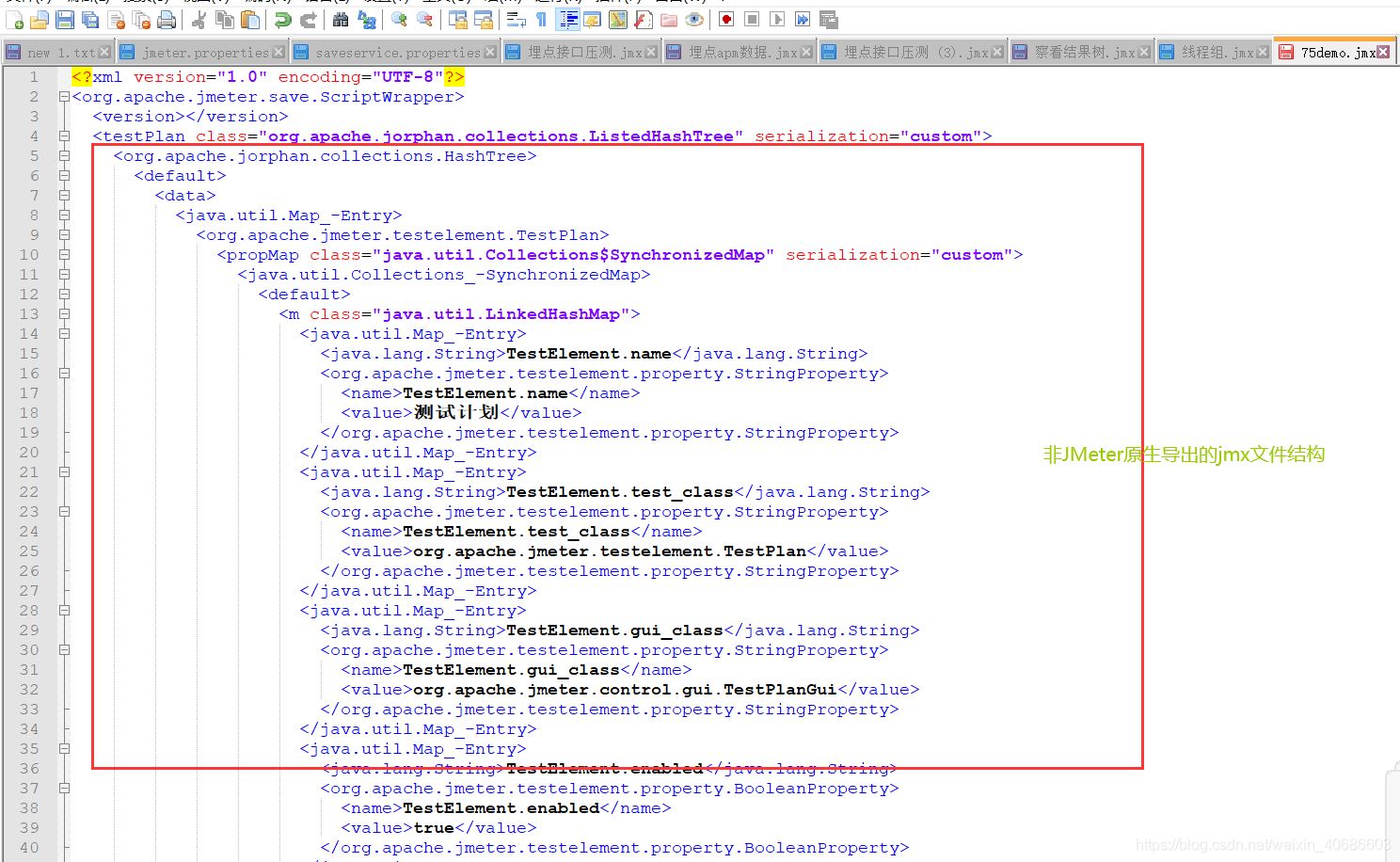
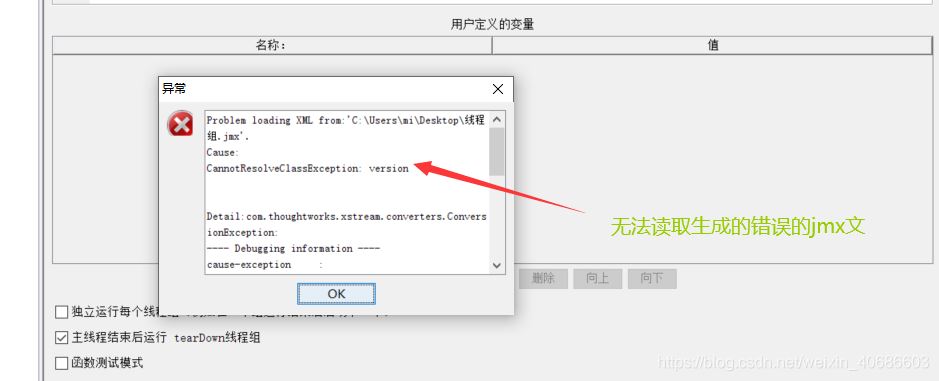
後面閱讀SaveService源碼才明白,生成xml文件之前會先初始化靜態代碼塊內容,初始化屬性
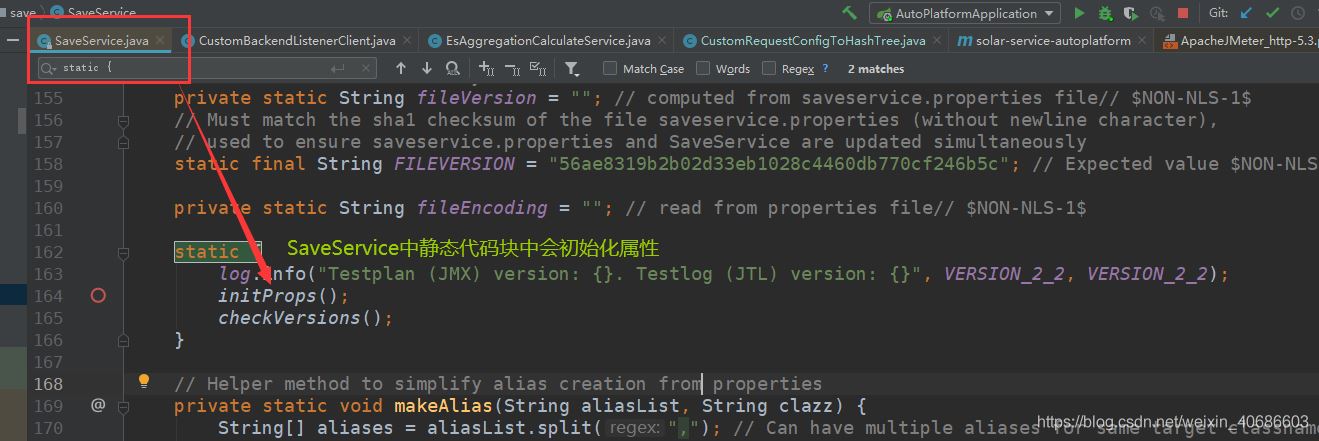

過程中會調用JMeterUtils中的findFile方法來尋找saveservice.properties文件

由於SaveService 中都是靜態方法無法重寫,所以根據最後調用JMeterUtils中的findFile方法來尋找saveservice.properties有兩種解決方案
方案一 :不推薦,在項目根目錄下存放saveservice.properties,這樣findFile方法就能拿到,但是這樣不好,因為maven打包的時候該文件會打不進去,至少我springboot項目是遇到這樣的問題
方案二:推薦,創建一個臨時文件命名為saveservice.properties,然後提前將saveservice.properties配置讀取到臨時文件中,這樣在調用JMeterUtils中的findFile方法同樣能夠找到配置,成功解決SaveService初始化屬性導致的問題,具體代碼如下
private void hashTreeToXML(HashTree hashTree,PressureConfigInfo configInfo){
FileOutputStream outStream = null;
File file = new File("temp.jmx");
File tempFile = null;
try {
//創建一個臨時的saveservice.properties文件
tempFile = new File("saveservice.properties");
InputStream is = JMeterUtil.class.getResource("/jmeter/saveservice.properties").openStream();
//將配置文件寫入臨時文件中
FileUtil.writeFromStream(is,tempFile);
outStream = new FileOutputStream(file);
//調用saveTree成功轉為xml
SaveService.saveTree(hashTree,outStream);
String xmlContent = FileUtil.readUtf8String(file);
configInfo.setFile(xmlContent.getBytes());
} catch (IOException e) {
e.printStackTrace();
}finally {
try {
FileUtils.forceDelete(file);
FileUtils.forceDelete(tempFile);
} catch (IOException e) {
e.printStackTrace();
}
}
}
最後生成的xml文件結構如下圖,通過JMeter控制臺也能成功打開識別
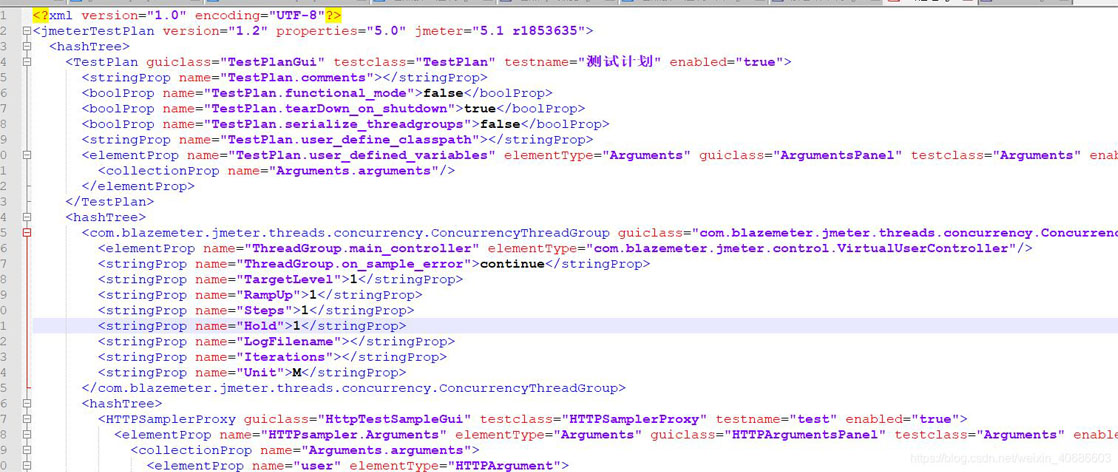
到此這篇關於一文搞懂JMeter engine中HashTree的配置問題的文章就介紹到這瞭,更多相關JMeter engine中HashTree配置內容請搜索WalkonNet以前的文章或繼續瀏覽下面的相關文章希望大傢以後多多支持WalkonNet!
推薦閱讀:
- 淺談JMeter engine啟動原理
- JMeter對MySQL數據庫進行壓力測試的實現步驟
- springboot使用nacos的示例詳解
- 使用maven開發springboot項目時pom.xml常用配置(推薦)
- 使用log4j2關閉debug日志